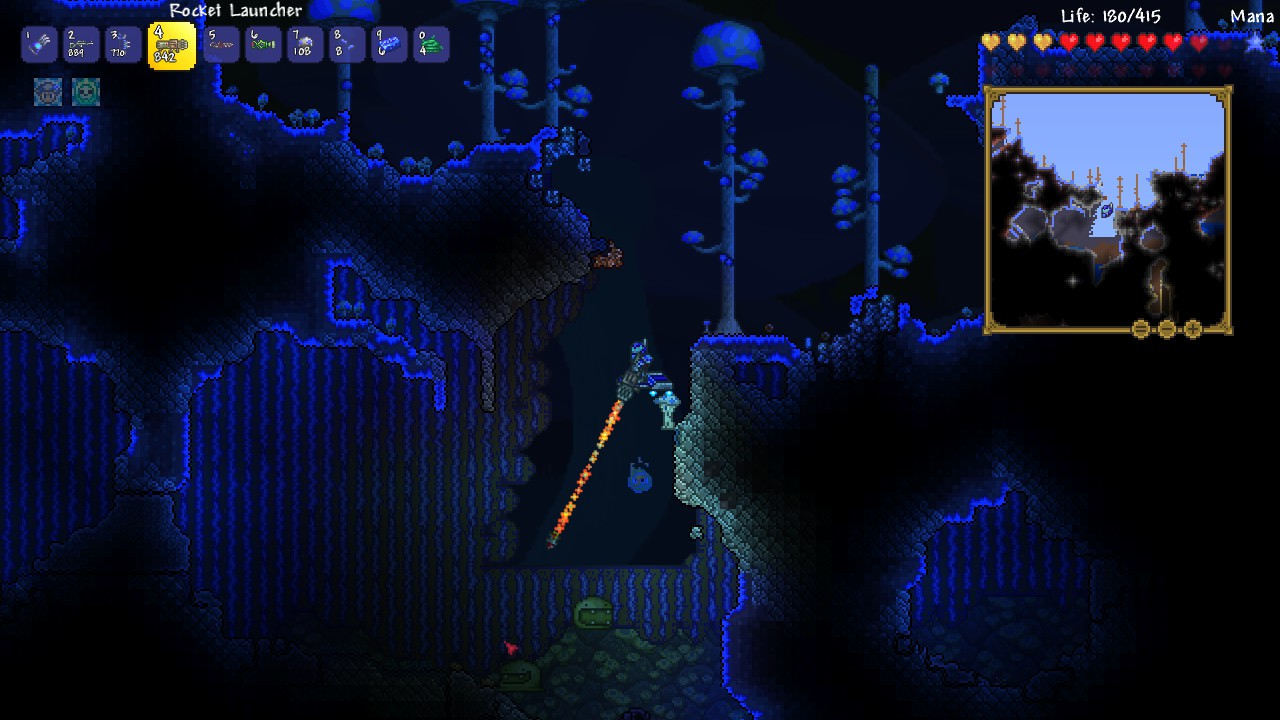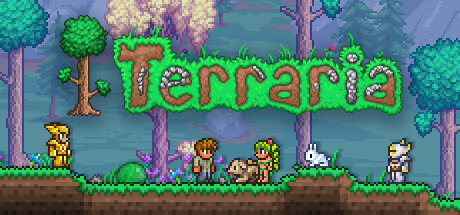Introduction
Released on May 16, 2011, Terraria started as a simple 2D sandbox and quickly became one of the biggest indie hits ever. I’m a hardcore fan who loves mastering complex systems, and I’ll break down how Terraria compares to similar games, and why its “Overwhelmingly Positive” Steam rating (97% all-time on over 1.1 million reviews, 96% recent positive) shows just how much players still enjoy it.
Comparison With Similar Titles
When it comes to open-world crafting and survival, Terraria often gets compared to Minecraft, Starbound, and Don’t Starve. Unlike Minecraft’s blocky world and Starbound’s sci-fi themes, Terraria shines in its tight 2D combat and epic boss fights—more like a classic action-platformer. Meanwhile, Don’t Starve focuses on strict resource management and permadeath. In contrast, Terraria strikes a friendlier balance of risk and reward, thanks to its deep crafting trees and cooperative multiplayer.
Storyline & World‐Building
Terraria doesn’t follow a set story. Instead, its randomly generated biomes—from lush jungles to the eerie Corruption and Crimson—set the stage for your own adventures. So, even though there’s no central “hero’s journey,” every player builds their unique tale: for example, spawning a custom NPC town or facing down the Moon Lord. Compared to Starbound’s loose planet-hopping narrative, Terraria feels more connected, especially when you set your own goals.
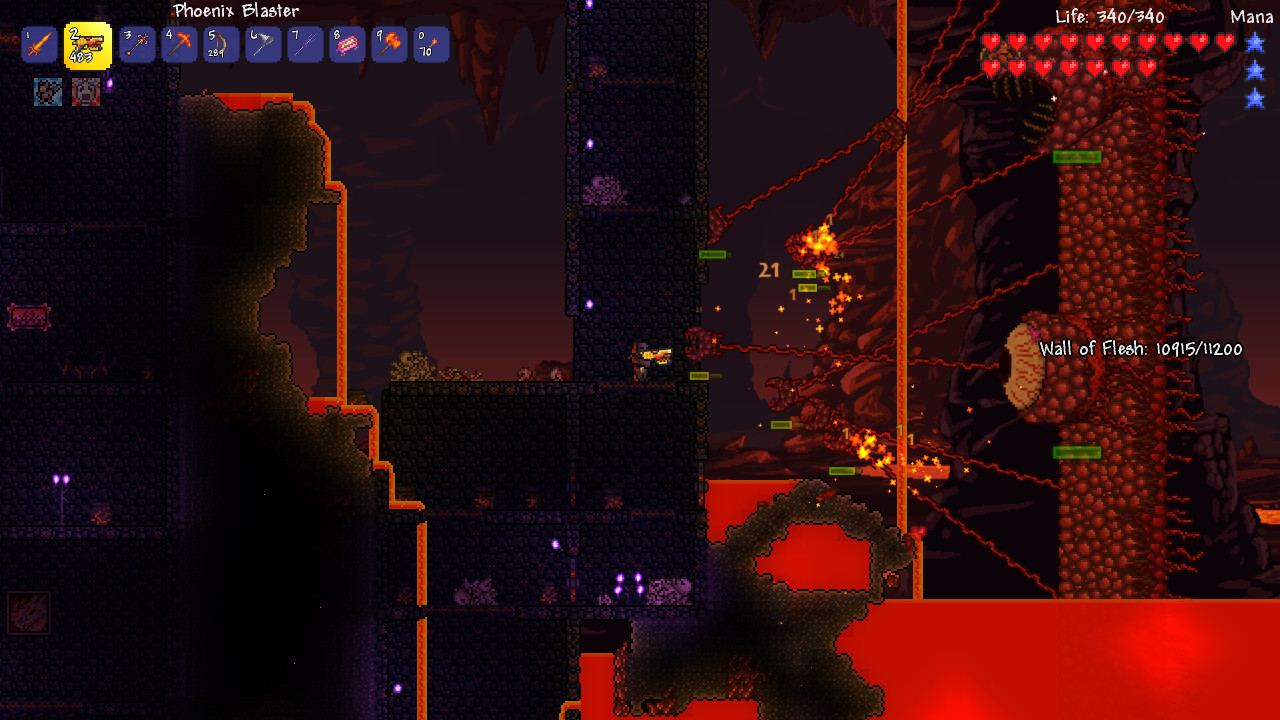
Gameplay Mechanics
-
Dig, Fight, Explore, Build: These four pillars work together smoothly. You’ll mine ores for better gear, battle creatures from slimes to celestial titans, explore dungeons and floating islands, and design bases that show off your creativity and strategy.
-
Progression: Boss fights mark clear milestones—starting with King Slime, moving to Wall of Flesh, then to mechanical bosses—giving a real sense of growth. While games like Minecraft use enchantment tables or nether portals, Terraria’s boss path feels more natural and skill-based.
-
Multiplayer & Co-op: Up to eight players can join forces. Sharing loot and teaming up against tough bosses adds a social layer that most sandbox games can’t match.
Visuals & Audio
Terraria’s pixel art is simple but clear—every sprite stands out, even in the middle of a hectic fight. Plus, Scott Lloyd Shelly’s soundtrack shifts from calm surface tunes to dark underworld melodies, pulling you right into the action. Compared to the lonely vibe of Don’t Starve or Starbound’s dreamy synth tracks, Terraria’s audio-visual style feels more energetic and focused on fast-paced play.
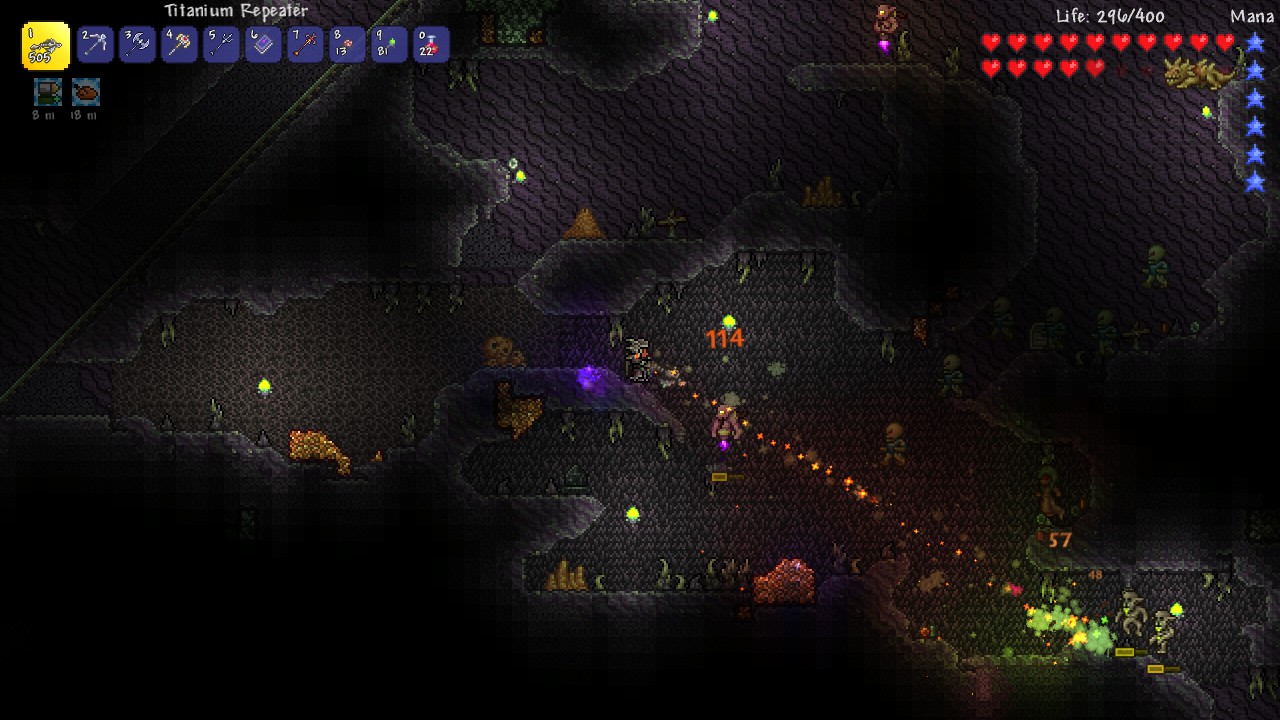
User Reviews & Ratings
With a 97% all-time positive rating (1,119,167 reviews) and 96% recent approval (7,774 reviews), players can’t stop praising:
-
Endless Replay Value: Regular free updates keep things fresh.
-
Deep Crafting: Thousands of items, vanity sets, and wiring options spark endless creativity.
-
Boss Variety: Over 40 bosses with unique tactics and loot.
However, some common complaints include:
-
Steep Learning Curve: New players may feel lost in the crafting menus.
-
Pixel Art Limits: Some expect smoother animations or higher-def graphics.
-
Early-Game Grind: Getting started can feel slow compared to games that give you gear right away.
Critiques, though few, focus on:
- Steep Learning Curve: New players may feel overwhelmed by crafting menus and biome requirements.
- Pixel‐Art Limitations: Some modern players expect higher fidelity or smoother animations.
- Early‐Game Grind: Initial progression can be slower compared to spawn‐in equipment in other sandbox games.
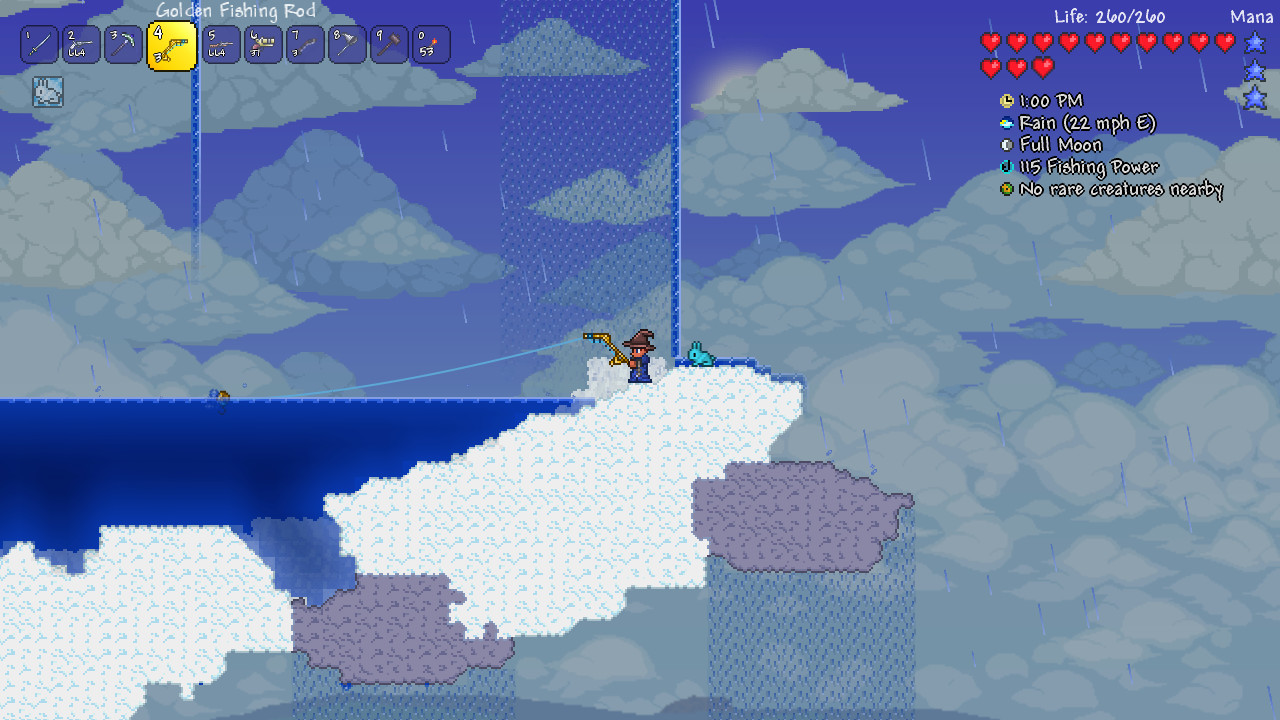
Strengths & Weaknesses
- Strengths: Rich customization, robust combat systems, cooperative depth, consistent free updates.
- Weaknesses: A daunting item list for newcomers, occasional balancing quirks, and a graphical style that may feel dated to some.
Industry Impact
Terraria’s success catalyzed a wave of 2D sandbox titles. It proved that depth of mechanics and community‐driven updates can rival high‐budget 3D block builders. Developers like Chucklefish (Starbound) and Klei Entertainment (Don’t Starve) drew inspiration from Terraria’s blend of exploration and boss‐driven progression.
Conclusion on Terraria
For gamers seeking an endlessly expanding world with intricate combat, deep crafting, and cooperative thrills, Terraria remains unmatched among its peers. Its near‐perfect user ratings underscore a well‐balanced fusion of freedom and challenge. Whether you’re a lone builder or a battle squad, Terraria delivers a tailored adventure where your own achievements become the ultimate narrative.
